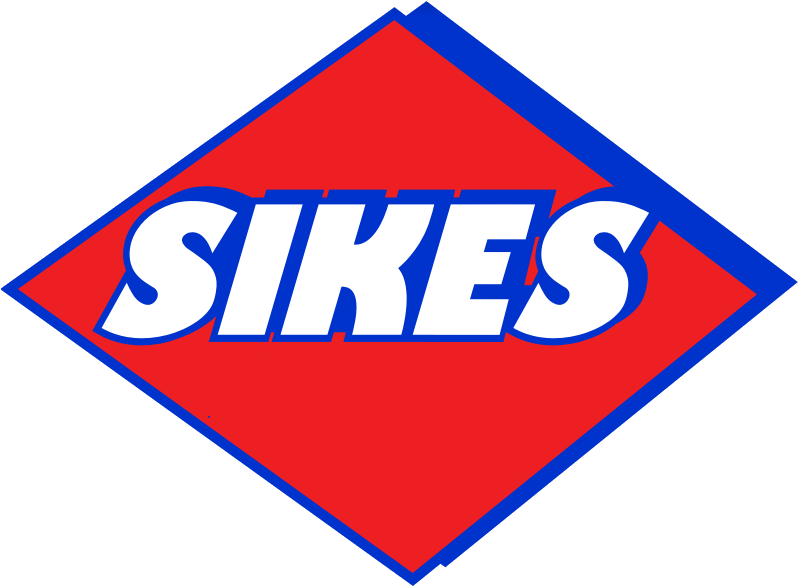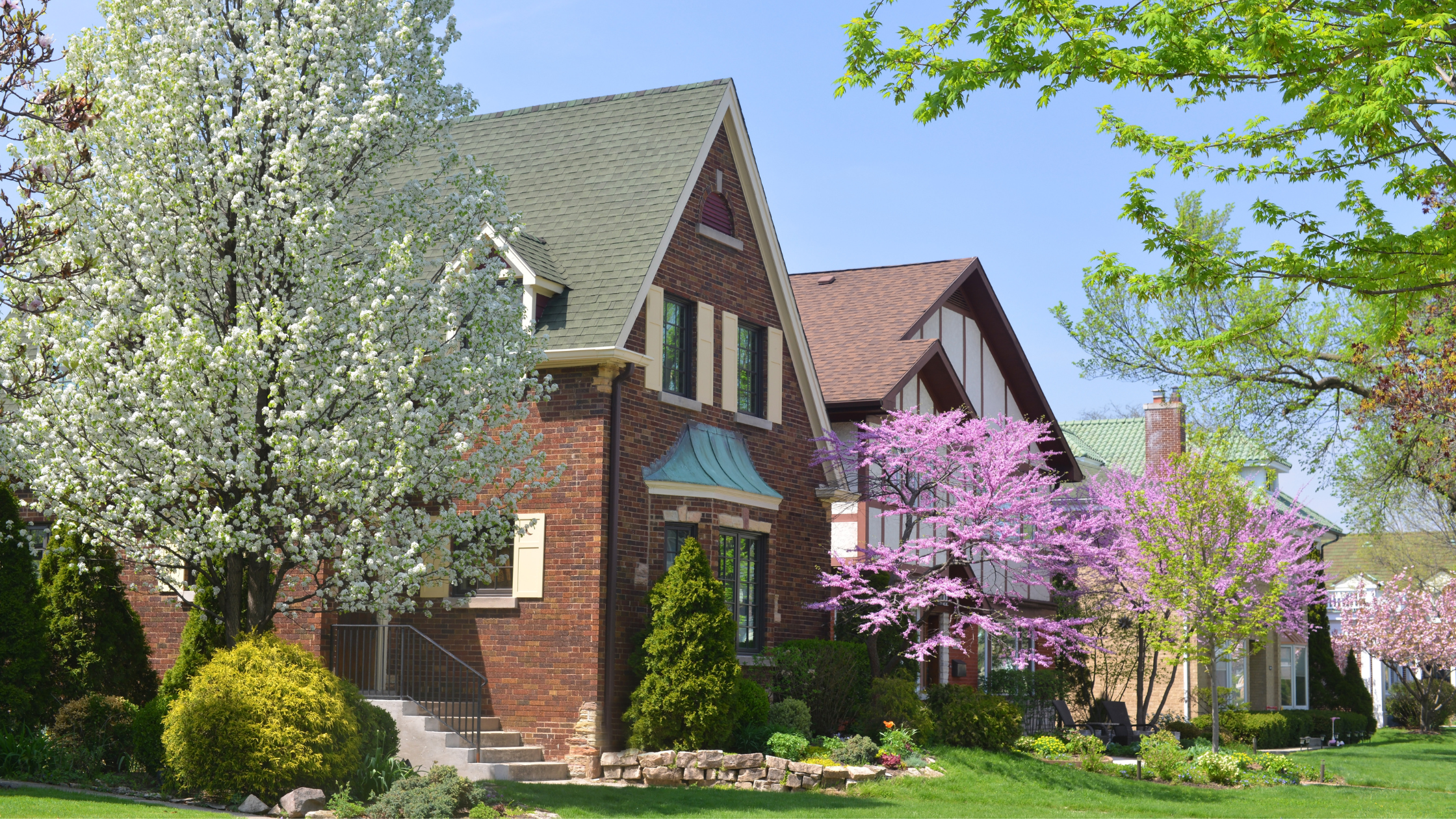Tilt-up construction is a popular method of building commercial structures that has been around for over a century. It involves constructing the walls of a building by casting concrete on site and then tilting them into place.
In this article, we will delve into the benefits of using tilt-up construction for commercial buildings. We will explore the cost savings, speed of construction, and sustainability advantages of tilt-up construction, as well as some of the challenges and considerations involved.
Cost Savings
One of the primary benefits of tilt-up construction is the cost savings it offers compared to traditional construction methods. Because tilt-up construction involves casting the walls on site, it eliminates the need for pre-manufactured wall panels, which can be expensive to transport and install.
Additionally, tilt-up construction allows for a more efficient use of materials, as the forms used to cast the walls can be reused multiple times. This reduces waste and lowers material costs.
Speed of Construction
Another advantage of tilt-up construction is the speed at which it can be completed. Because the walls are cast on site, there is no need to wait for materials to be delivered, as is the case with pre-manufactured wall panels. This means that tilt-up construction projects can be completed faster, which can be a significant benefit for businesses looking to open their doors as soon as possible.
Sustainability Advantages
Tilt-up construction also offers a number of sustainability benefits. Because the forms used to cast the walls can be reused multiple times, tilt-up construction generates less waste compared to traditional construction methods.
Additionally, tilt-up construction can be paired with green building practices, such as using recycled materials and incorporating energy-efficient features. This can help to reduce the environmental impact of the building and lower its operating costs.
Challenges and Considerations
While tilt-up construction has many benefits, it is not without its challenges and considerations. One of the primary challenges of tilt-up construction is the need for large equipment, such as cranes, to tilt the walls into place. This can be a logistical challenge on tight or crowded job sites.
Additionally, tilt-up construction requires a large amount of space for casting the walls, which can be a challenge on smaller or urban job sites.
Finally, tilt-up construction requires careful planning and coordination, as the walls are cast in a specific order and must be tilted into place in a specific sequence. This requires close collaboration between the contractor, the engineer, and the architect.
How can I find a contractor experienced in tilt-up construction?
Finding a contractor experienced in tilt-up construction is an important step in ensuring the success of your project. Here are a few ways you can find a contractor with the skills and expertise you need:
Search online
One of the easiest ways to find a contractor experienced in tilt-up construction is to search online. Look for contractors in your area who specialize in tilt-up construction and read reviews and testimonials from previous clients to get a sense of their reputation and experience.
Ask for recommendations
Another option is to ask for recommendations from industry professionals or other businesses that have used tilt-up construction in the past. These individuals and companies can provide valuable insights and recommendations based on their own experiences.
Contact trade organizations
Industry trade organizations, such as the Tilt-Up Concrete Association, can also be a great resource for finding experienced contractors. These organizations often maintain lists of recommended contractors with experience in tilt-up construction.
It is important to do your research and choose a reputable and experienced contractor for your project. Take the time to review their portfolio and ask for references to ensure they have the skills and expertise to deliver the results you are looking for.
Conclusion
Tilt-up construction is a cost-effective, efficient, and sustainable method of building commercial structures. It offers a number of benefits, including cost savings, speed of construction, and sustainability advantages. While there are challenges and considerations to consider, tilt-up construction can be a highly effective choice for the right project.




